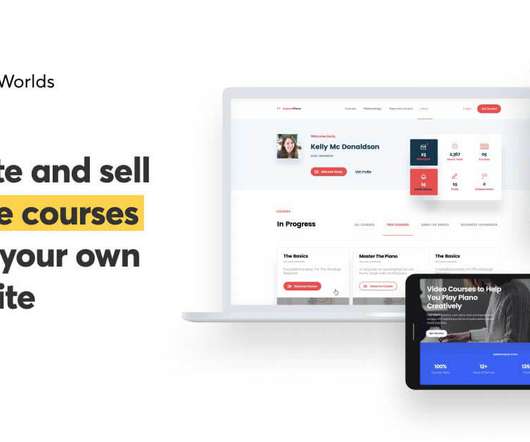Deeper eLearning Design: Part 1 – The Starting Point: Good Objectives
Learnnovators
MAY 13, 2015
This is the first post in a series of six that covers Deeper eLearning. The goal of this series is to build upon good implementations of instructional design, and go deeper into the nuances of what makes learning that really works. Here are links to all six parts of the “Deeper eLearning Design” series: 1.








































Let's personalize your content